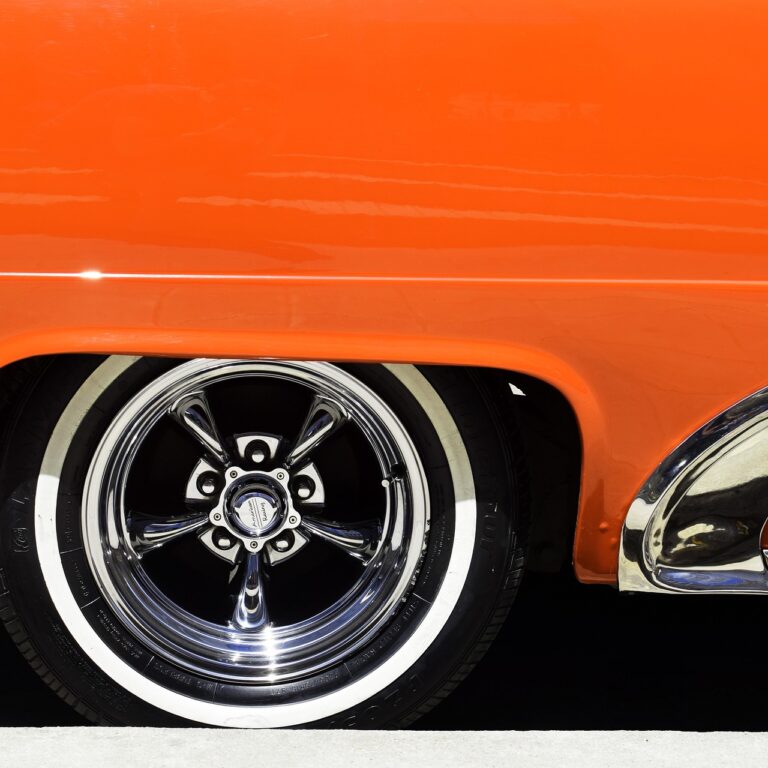Assessing the Environmental Impact of Tire Recycling and Upcycling Initiatives
Tire recycling and upcycling offer significant environmental benefits. By diverting used tires from landfills, these processes help reduce waste and minimize the environmental impact of tire disposal. The recycling and upcycling of tires also contribute to resource conservation by reusing materials that would otherwise end up as waste.
Furthermore, tire recycling and upcycling help in reducing the demand for raw materials. Through the production of new products from recycled tires, the need for virgin materials is decreased, which in turn can help conserve natural resources and reduce energy consumption during the manufacturing process. In addition to these benefits, tire recycling and upcycling also play a role in reducing greenhouse gas emissions associated with the production of new tires.
The Process of Tire Recycling and Upcycling
Tire recycling and upcycling involve several key steps that contribute to environmental sustainability. The first step in the process typically involves collecting and sorting discarded tires based on factors such as size, type, and condition. This initial sorting phase is crucial for ensuring that tires are appropriately processed for recycling or upcycling.
Following sorting, tires undergo various processing techniques to transform them into new products or materials. Common methods include shredding tires into small pieces, grinding them into crumb rubber, or even breaking them down into their original components for reuse. These processes not only help in reducing waste in landfills but also offer the opportunity to create innovative products that contribute to a circular economy.
Why is tire recycling and upcycling important?
Tire recycling and upcycling are important because they help reduce the amount of waste in landfills and prevent environmental pollution. By reusing old tires, we can also conserve natural resources and reduce the energy required to produce new tires.
How are tires recycled and upcycled?
The process of tire recycling involves shredding the tires into small pieces, separating the rubber from the steel and fabric components, and then processing the rubber into new products such as playground surfaces, rubber mulch, and rubberized asphalt. Upcycling involves using old tires to create new products with higher value, such as furniture, accessories, and art pieces.
What are the environmental benefits of tire recycling and upcycling?
Tire recycling and upcycling help reduce greenhouse gas emissions, conserve natural resources, prevent water and soil pollution, and reduce the energy consumption associated with producing new tires. These practices also help create a more sustainable and circular economy.
Can I recycle my old tires?
Yes, most tire retailers and collection centers offer tire recycling services. You can also check with your local recycling facilities or contact your city’s waste management department to find out how to properly dispose of your old tires.





